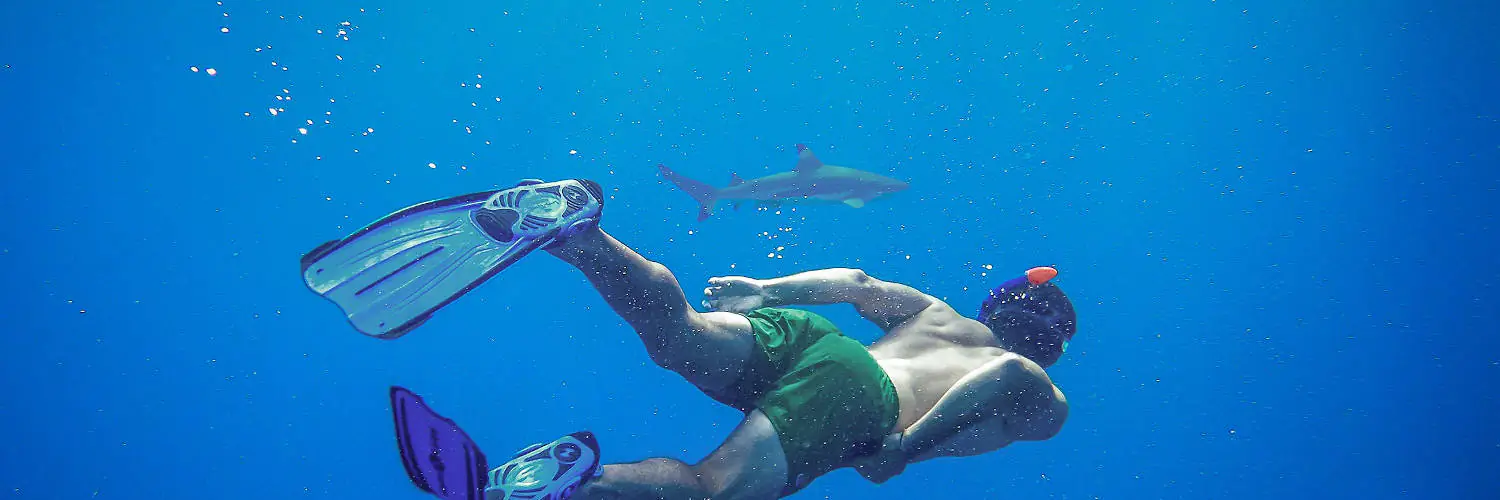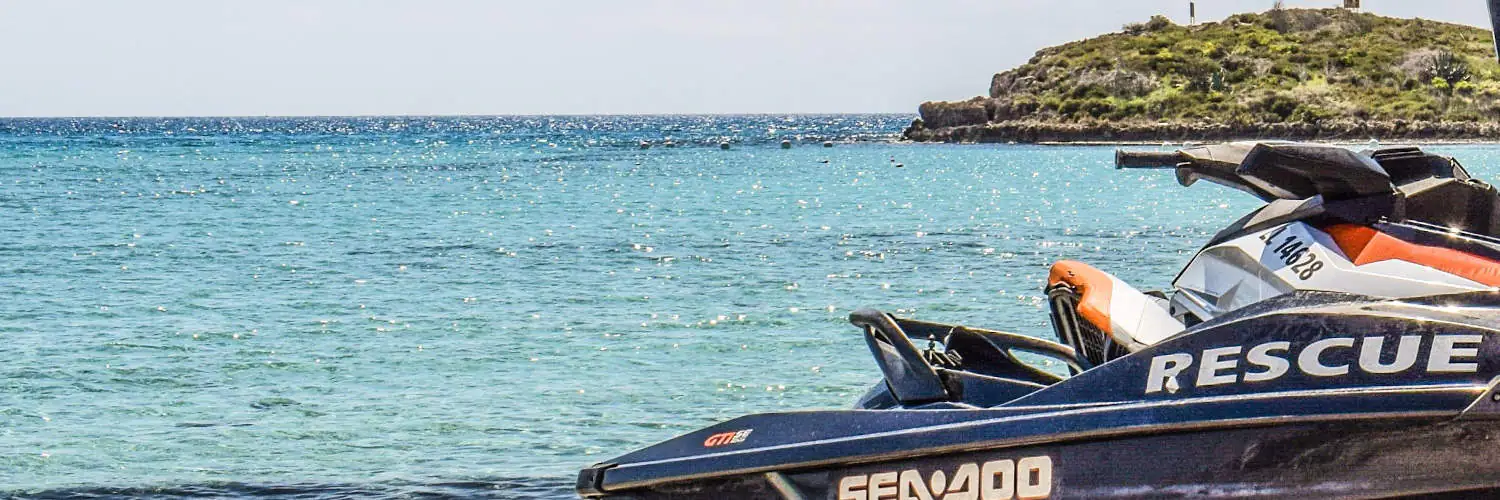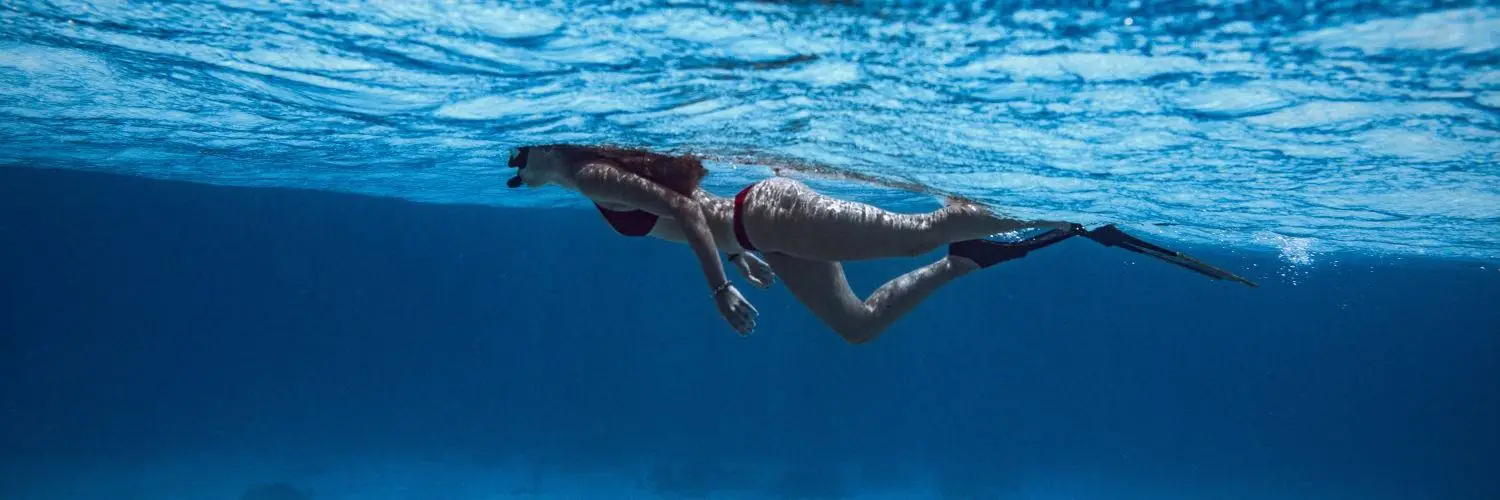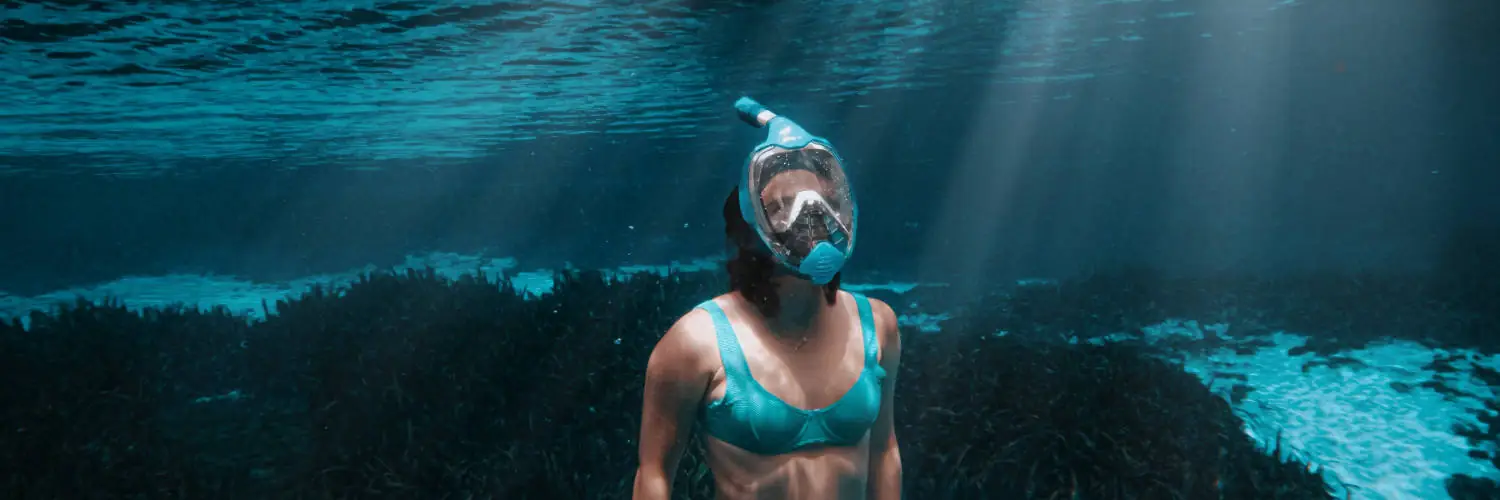Snorkeling offers enthusiasts a unique window into an underwater world teeming with marine life, but it also presents a challenge for those who rely on corrective eyewear. Contact lenses, when used correctly, provide a viable solution for snorkelers who need visual assistance to clearly see the wonders beneath the waves. Although one might presume that wearing contacts underwater could lead to complications, the truth is that with careful preparation and the right precautions, snorkelers can safely wear contact lenses.
Eye health is a paramount concern for snorkelers opting to use contact lenses, as exposure to waterborne irritants and microorganisms presents a risk of irritation and infection. Soft contact lenses are generally preferred for water activities because they are less likely to dislodge and trap foreign materials against the eye compared to hard or gas-permeable lenses. It is essential that snorkelers follow best practices, such as using a watertight mask and considering daily disposable lenses to mitigate these risks.
It is important for individuals to consult with an eye care professional before combining snorkeling with contact lenses, ensuring they understand how to protect their eyes in aquatic environments. Choosing the correct type of contact lens, maintaining proper hygiene, and knowing how to handle unexpected underwater scenarios is vital for a safe and enjoyable snorkeling experience while preserving one’s eye health.
Table of Contents
Understanding Contact Lenses for Snorkeling
When snorkeling, the correct vision correction is crucial for a clear underwater experience. Contact lenses can be a feasible option for those requiring prescription vision aids.
Types of Contacts
Soft contacts are usually recommended for snorkeling due to their flexibility and comfort. They conform to the eye’s shape, reducing the risk of them falling out during water activities. Hard contacts, also known as rigid gas-permeable (RGP) lenses, are not as suitable because they can dislodge easily, leading to discomfort or loss while snorkeling.
Prescription Solutions
For those with vision impairments, various prescription solutions are available. Prescription masks offer a direct correction similar to glasses and are a good alternative for those uncomfortable with contacts. For others, corrective lenses such as soft contact lenses in a variety of prescriptions can be the preferred choice, allowing the use of standard snorkeling masks.
Proper Contact Lens Care
Caring for contact lenses during water activities is paramount. Snorkelers should consider disposable contact lenses as a cost-effective and convenient option. If one is lost in the water, the financial impact is minimal. Regardless of the lens type used, it’s important to ensure that lenses are cleaned and stored properly according to the manufacturer’s instructions to prevent eye infections or irritation.
Assessing Risks and Preventing Infections
When snorkeling with contact lenses, understanding the inherent risks and implementing strategies to prevent eye infections are critical for a safe experience.
Common Risks
The primary risk associated with snorkeling while wearing contact lenses is exposure to bacteria and other pathogens present in natural water bodies, which can lead to infections like acanthamoeba keratitis. This serious infection is caused by a microorganism frequently found in water and soil. Contact lenses can absorb water and trap these pathogens against the eye, potentially creating an environment conducive to infection. Additionally, contact lenses may contribute to eye irritation, and any leakage in the mask can further increase this risk.
Preventing Eye Infections
To minimize the risk of eye infections while snorkeling with contact lenses:
- Proper Mask Fit: Ensure your snorkeling mask fits well to avoid water leakage that could expose your contacts to water and introduce pathogens to the eye surface.
- Healthy Habits: Practice good hygiene by washing your hands thoroughly before handling contact lenses to prevent the transmission of bacteria.
- Contact Lens Care: Follow recommended procedures for cleaning and replacing contact lenses and consider using daily disposables to reduce infection risks.
- Backup Plan: Carry a pair of prescription goggles or an extra pair of glasses to have an alternative to contact lenses in case of irritation or loss during snorkeling activities.
By adhering to these precautionary measures, snorkelers can enjoy their underwater adventures with a reduced risk of contracting eye infections.
Choosing the Right Snorkeling Mask
Selecting an appropriate snorkeling mask is pivotal for clear underwater vision and comfort. Whether one wears prescription glasses or not, a well-fitting, high-quality snorkeling mask is a game-changer in enhancing the snorkeling experience.
Prescription Mask Options
Individuals who require corrective lenses should consider prescription snorkeling masks. These masks come with pre-made corrective lenses that match the user’s prescription. It’s crucial to check that the lenses cater to both nearsighted and farsighted users. Some masks are designed with interchangeable lenses, allowing users to customize the mask to their precise vision needs on land, ensuring that they have clear water vision in the ocean.
Mask Fit and Comfort
Fit and seal: A snorkeling mask must have a snug fit to prevent water from entering. The mask skirt — normally made from silicone — should form a watertight seal against the face without being too tight.
-
Silicone Skirt Color: Available in clear, black, or white, each color has its advantages. A clear skirt lets in more light, while a darker skirt reduces glare.
-
Size and Shape: The shape of the mask should conform to the contour of the user’s face. This varies greatly between individuals, so trying on different masks is recommended.
Adjustments: A high-quality snorkeling mask will have a strap that’s easy to adjust for maximum comfort and a secure fit. Users should be able to wear the mask for extended periods without discomfort.
Field of View: Single-lens masks offer a wider field of view, while double-lens masks may provide improved depth perception. Depending on personal preference and snorkeling conditions, the choice between a single or double-lens mask will impact the viewing experience.
Best Practices for Snorkeling with Contacts
When snorkeling with contact lenses, the priority is to maintain eye health while ensuring clear underwater vision. Individuals with vision issues such as nearsightedness or those requiring bifocals can snorkel using contacts following these practices:
Preparation is Key
- Ensure hands are clean before handling contact lenses to minimize the risk of eye infections.
- It is advisable to carry a spare pair of contact lenses in case the original pair is lost or damaged.
Protective Measures
- A high-quality dive mask that fits snugly will help prevent water from coming into contact with the eyes, reducing the chance of losing lenses and protecting against pollutants and microorganisms in the water.
| Concern | Suggestion |
|---|---|
| Dryness | Use re-wetting drops to combat the dryness caused by saltwater exposure. |
| Glasses Wearers | Consider prescription masks as an alternative to contact lenses. |
Visual Clarity
- Those with 20/20 vision corrected by contacts should ensure their prescription is current for the best underwater experience.
- Scuba diving prescriptions can also be applied to snorkeling for those who regularly engage in both activities.
Snorkeling Tips
- Always rinse the face and mask with fresh water post-snorkeling, especially if you are wearing contact lenses, to clear any salt or other residues.
- In case of eye discomfort, remove your contact lenses immediately to prevent further irritation.
By adhering to these guidelines, snorkelers can enjoy the underwater spectacle with clarity and peace of mind.








